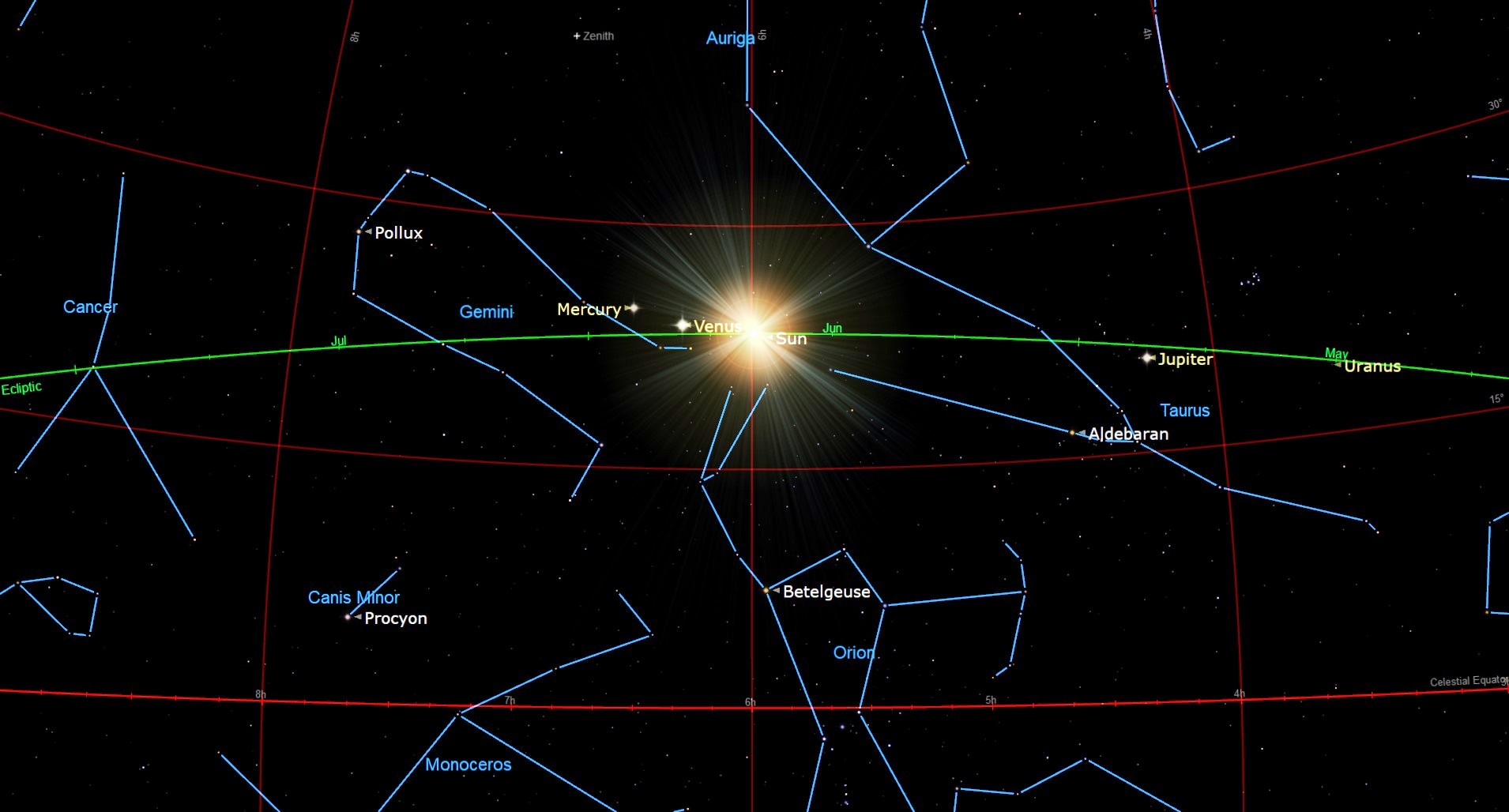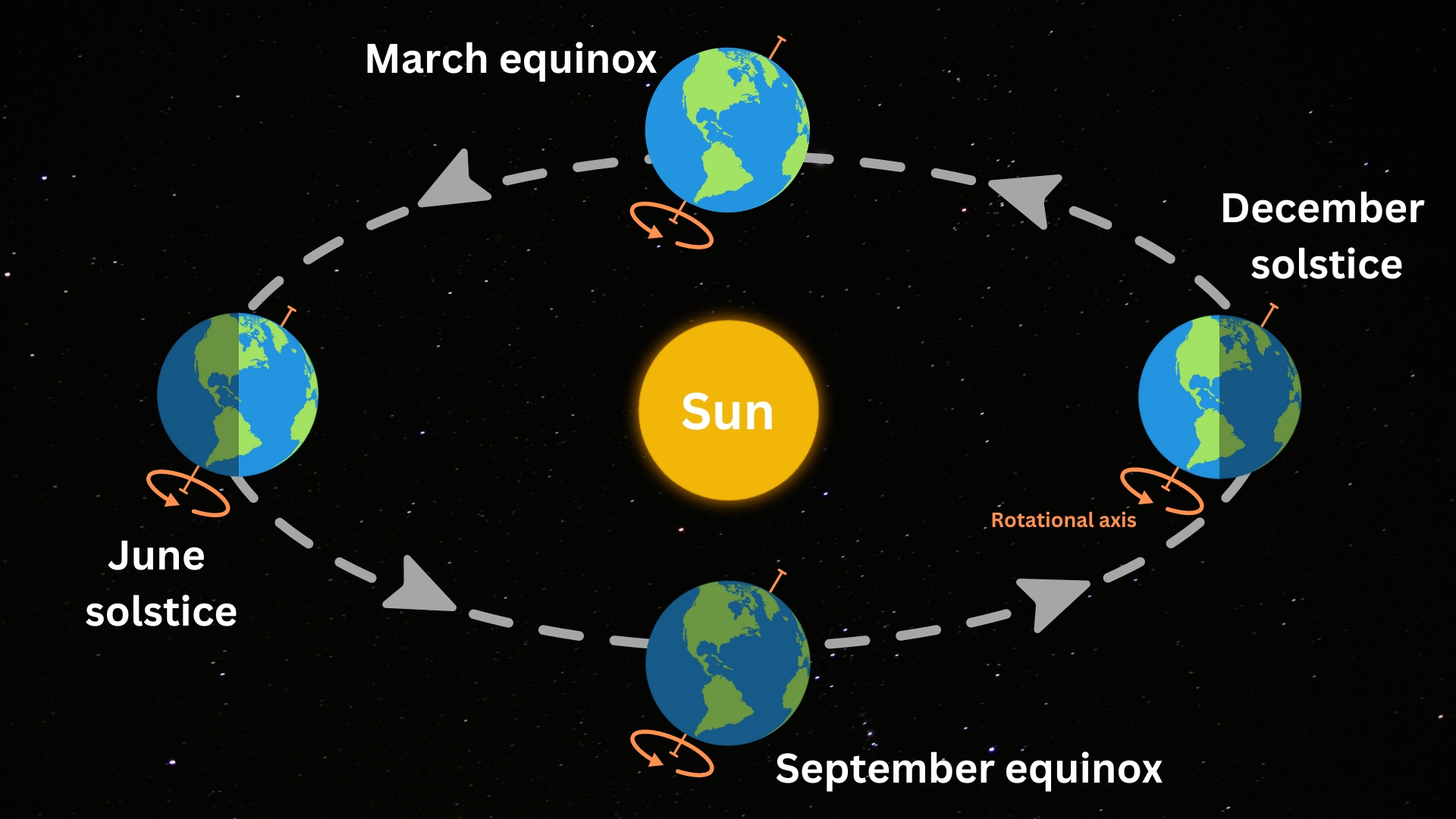Summer officially begins in the Northern Hemisphere today (June 20), marking the longest day of the year.
During the summer solstice, also known as the June solstice, the sun reaches its highest and northernmost point in the sky. It marks the beginning of the summer season in the Northern Hemisphere and winter in the Southern Hemisphere, with the Northern Hemisphere receiving the most daylight hours of the year, and the Southern Hemisphere receiving the least.
You can calculate how many hours of daylight you’ll receive during the June solstice using The Farmer’s Almanac Sunrise and Sunset Calculator. Those located above the Arctic Circle will experience the longest day. There, the sun doesn’t set below the horizon for several weeks or even months over the summer due to the phenomenon known as the midnight sun.
Related: The sun’s magnetic field is about to flip. Here’s what to expect.
This year the summer solstice officially occurs at 4:51 p.m. EDT (2051 GMT,) it will be followed by a full Strawberry Moon one day later on June 21. The moon will reach its full phase at 9:08 p.m. EDT (or 01:08 GMT on Saturday, June 22), but will still appear full the night before and after its peak to the casual stargazer. It will shine near the stars of the constellation Sagittarius, the Archer.

What causes the June solstice?
We owe the June solstice, along with the seasons to Earth’s tilt as it orbits the sun. Without it, both the Northern and Southern Hemispheres would receive equal light throughout the year.

As Earth orbits the sun, the axial tilt of 23.44° causes one hemisphere to be tilted toward the sun for half of the year and the other for the second half. During the June solstice the Northern Hemisphere is most tilted towards the sun whereas the Southern Hemisphere is tilted away.
The solstices also do not occur on the same day every year because the astronomical year is 365.25 days long. As such, the summer solstice for the Northern Hemisphere currently shifts between June 20, 21 and 22. The summer solstice does, however, occur at the same time for every country. This means the exact moment of summer solstice can occur in the middle of the night for some people and the middle of the day for others.

Post a Comment